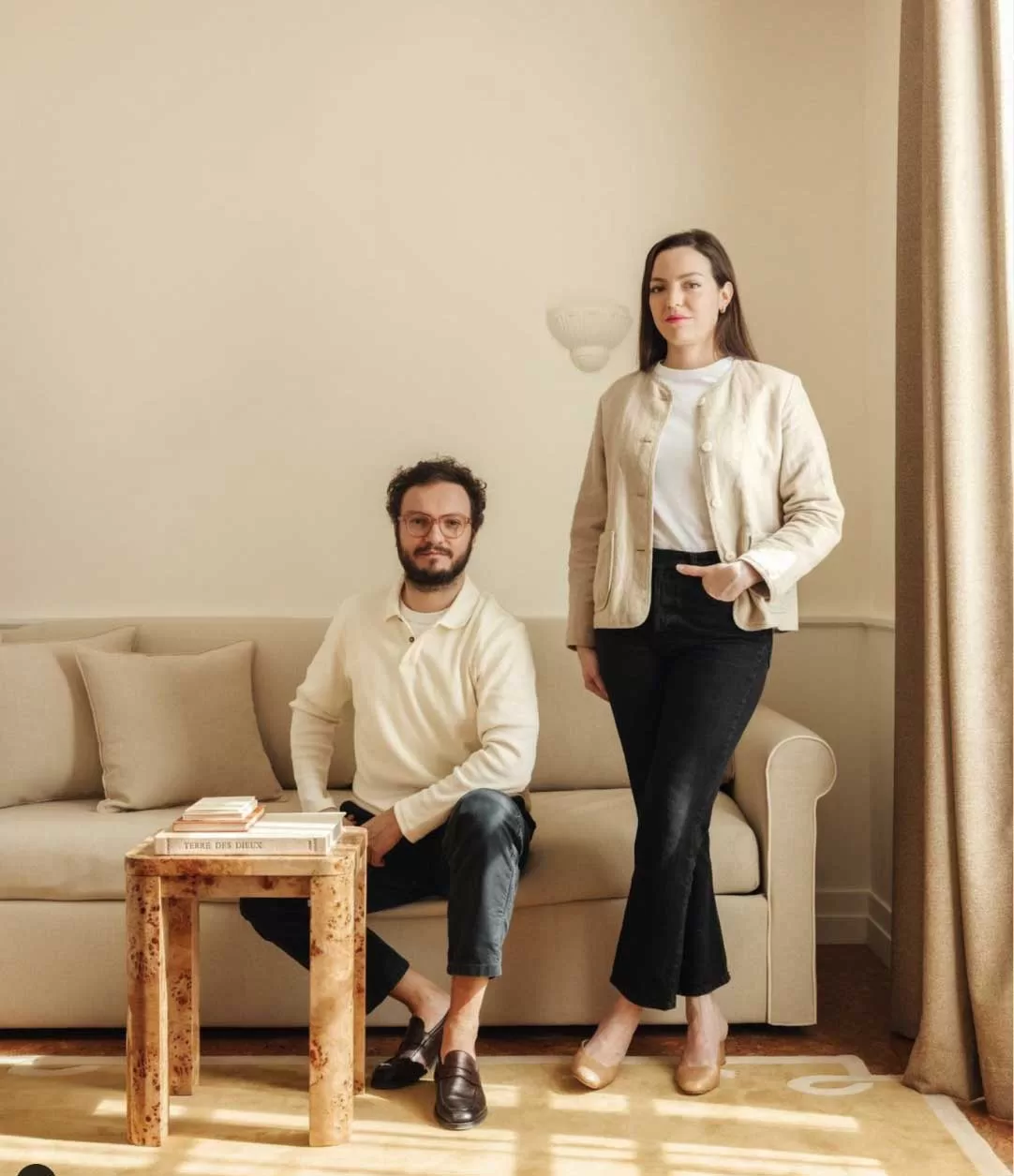All about Lilou
What a pleasure to welcome you here, to our home, to yours. Lilou is a kind of family house in which you can spend time to sleep, to share, to just be you and to make memories.
To find out more about the Rendez-vous (Live Music, Brunch, Winegrowers’ Dinner, Oenology Workshop or … ) at Lilou Hotel, click here!
Publications
They talk about us
CSR
In the bedrooms — It’s a choice, TVs are not allowed in the house. This is a time for disconnecting, exchanging, meeting and reuniting with others.
We only change towels at the customer’s request : hanging towels are not changed, but thrown towels are. During your stay, your sheets will only be changed at your express request. We have decided not to provide bathrobes and slippers in your room, to limit cleaning and avoid having to throw slippers after each use, thus contributing to reducing consumption of single-use plastic. The pouches that hold the hair dryers are made by HINDBAG. A French brand of organic cotton bags and accessories, fighting for women’s emancipation in India.
In common areas — We have set up a water recovery system to water our green spaces, thus limiting the use of drinking water. We replace our traditional light bulbs with LED or low-energy to save energy. Presence detectors or timers are installed in common areas in common areas, such as corridors, to reduce energy wastage.
To reduce or even eliminate the use of cleaning products detergents, we have chosen to use steam to clean everything. Vapodyl enables us to remove dust, dust mites and other undesirables without clogging your respiratory tract with chemicals.
For better waste management, Lilou helps you sort your waste. On request, we’ll provide you with bags in which you can hand over your to hand in your sorted waste.
Studio Haddou Dufourcq

All of Lilou’s decor was designed by the duo Kim HADDOU and Florent DUFOURQ.
Kim Haddou and Florent Dufourcq graduated from the Camondo school in 2015 with honours and live and work in Paris.
Selected in 2018 by Villa Noailles for the Design Parade Toulon competition, they received the Van Cleef and Arpels Grand Prix du Jury for their project ‘Grotto’, a small Mediterranean-inspired room. They design public and private spaces, exhibitions, installations and furniture.
With dreams and the spirit of place as the starting points for each of their projects, their work leaves plenty of room for the imaginary and the power of evocation.
«This project instinctively took us back to the glory of Hyères and its archives. It’s a period that inspires us and awakens in us this fantasy of a seaside resort in the 19th century, in the early days of modern tourism. A world where life revolved around a few grand Palladian villas and a few hotels with fantastic gardens, scented with fig and orange trees, where the great English families returning from the Indies and elsewhere stayed.»
Kim Haddou & Florent Dufourcq
Art by Lilou
Jean-Pierre Blanc, director of Villa Noailles and founder of the Design Parade festival, signs the hotel’s art curation with emerging and established artists from the region, the South of France and beyond, around a theme of vacation, travel and carefree living.
In the entrance hall, “Le Théâtre” by ceramist and sculptor Marion Raucourt and the harvest bouquet by Emma Bruschi, designer and goldsmith of woven straw.
Other special commissions include two frescoes created in the hotel corridors, featuring textile artist Manon Daviet and illustrator Antoine Duruflé, evocations of the sea and the Villa Noailles hillside.
Others heterogeneous compositions, murals, photographs, sculptures, ceramics and embroidered fabrics by artists Marion de Raucourt, Olivier Amsellem, Darius Dolatyiari, Damien Moulierac, Damien Poulain and the duo Superpoly duo Antoine Grulier and Thomas Defour.
In the hotel corridors, a poetic gesture signed by artist Marc Turlan, reproduces, in Roman mosaics, the quotation by the writer Robert Louis Stevenson, who wrote in
1883, his fabulous Treasure Island: “I was only happy once : that was at Hyères”. Finally, around the swimming pool, visual artist Jacques Merle, a young French prodigy, signs the frescoes.
To explore Hyères
Hyères les Palmiers, nestled on the shores of the Mediterranean, blossoms in an unspoilt natural setting. This coastal town is surrounded by an extensive archipelago, with 40 kilometers of coastline and 25 kilometers of pristine beaches.
A remarkable feature of the area is the double tombolo de Giens, one of only five in the world. Les Salins, a natural area, are home to precious biodiversity, including birds protected protected by the LPO association.
Hyères is also famous for its three magnificent golden islands: Porquerolles, known for its market gardens and vineyards, Port-Cros, home to a national park and nature reserve
Sauvage with its fishermen’s cottages, and Île du Levant, with its crystal-clear waters.
This enchanting landscape has attracted visitors from all over the world for centuries.
The town itself boasts a remarkable architectural heritage from Antiquity to the present day.
Thanks to its ancient remains and contemporary architecture architecture, Hyères is proudly recognized as a “Town of Art and History”.
La Villa Noailles — City center – https://villanoailles.com
Musée La Banque — City center – https://hyeres.fr/la-banque-musee-billetterie-informations-pratiques
Musée du Niel — Presqu’île de Giens – https://www.museeduniel.com
Fondation Carmignac — Porquerolles Island – https://www.fondationcarmignac.com/fr
Site archéologique d’Olbia — Hyères Almanarre –
https://www.hyeres-tourisme.com/patrimoine-culturel/site-archeologique-dolbia





